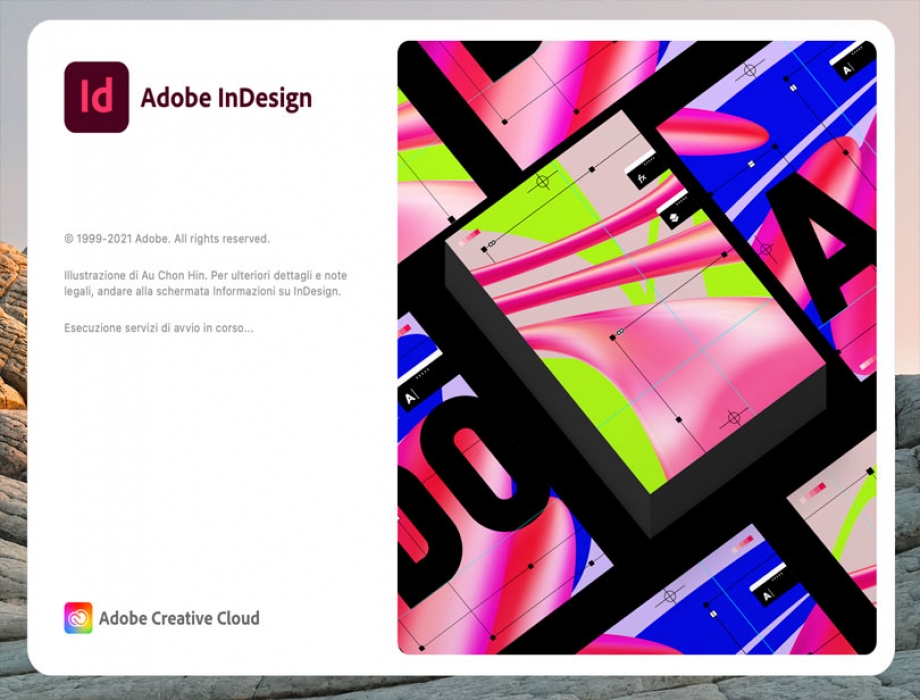
Adobe InDesign is the industry-leading desktop publishing software—but it’s not always the best option for everyone.
Here are common reasons users explore InDesign alternatives:
- Subscription Fatigue: Adobe only offers InDesign via a monthly Creative Cloud subscription, starting at $20.99/month.
- Complex Interface: The steep learning curve can overwhelm beginners.
- OS Limitation: InDesign runs only on macOS and Windows, not Linux.
- Feature Overkill: For basic layout needs, InDesign may be overpowered.
With many modern and affordable layout tools now available, designers and publishers have more freedom than ever.
What Makes a Great InDesign Alternative?
Whether you’re publishing books, magazines, newsletters, or digital PDFs, here’s what your software should offer:
- Precision Layout Controls – Multi-column support, grids, snapping, and master pages
- Typographic Excellence – OpenType features, font management, baseline grids
- Export Versatility – PDF/X for print, EPUB for eBooks, SVG for web
- Ease of Use – Especially important for solo creators, marketers, or educators
- Cross-Platform Support – Compatibility with macOS, Windows, Linux, and browsers
Top InDesign Alternatives Reviewed

1. Affinity Publisher
Features:
Full-featured desktop publishing software by Serif. Offers master pages, advanced typography, dynamic tables, and prepress tools.
Pros:
- One-time cost (~$69.99)
- No subscription
- Integrates with Affinity Photo and Designer
Cons:
- No EPUB export
- Limited third-party template ecosystem
Best for: Professional designers seeking a powerful, offline tool without recurring fees
2. Scribus
Features:
Free, open-source desktop publishing app with professional publishing features including color management, ICC profiles, and press-ready output.
Pros:
- 100% free
- Linux support
- PDF/X-3 ready for print
Cons:
- UI feels outdated
- Limited support for proprietary formats
Best for: Budget-conscious publishers and open-source users
3. Canva (Pro and Free)
Features:
Web-based design platform with drag-and-drop tools. Includes thousands of templates for magazines, eBooks, and social media.
Pros:
- Beginner-friendly
- Built-in assets and templates
- Real-time collaboration
Cons:
- Layout tools not as advanced
- Lacks CMYK/PDF/X support
Best for: Marketers, educators, and social media content creators
4. Lucidpress (Now Marq)
Features:
Cloud-based desktop publishing platform with templates, brand asset control, and team collaboration features.
Pros:
- Web-based, no install required
- Brand management tools
- Easy sharing and export
Cons:
- Subscription pricing
- Less control over advanced layout
Best for: Teams managing brand content, agencies, and startups
5. VivaDesigner
Features:
High-end desktop and web-based publishing solution with collaborative editing and multilingual support.
Pros:
- Available in desktop and browser versions
- Supports Unicode and complex layouts
- Industry-level typography features
Cons:
- Complex for casual users
- Premium version is expensive
Best for: Large-scale publishing houses and multilingual designers
6. Microsoft Publisher
Features:
Simple page layout software bundled with Microsoft Office. Useful for flyers, brochures, and newsletters.
Pros:
- Easy for beginners
- Familiar Office interface
- Good for small-scale print work
Cons:
- Windows only
- Not suitable for professional publishing
Best for: Small businesses and Office users
7. Adobe InDesign
Features:
Advanced typesetting, layout automation, EPUB export, live preflight, and seamless Adobe Creative Cloud integration.
Pros:
- Industry standard
- Deep plugin ecosystem
- Perfect for print and digital publishing
Cons:
- Monthly subscription
- Learning curve
Best for: Professional publishers, agencies, and enterprise teams
Feature Comparison Table
| Software | Platform | Price | PDF Export | EPUB Support | Best For |
|---|---|---|---|---|---|
| Affinity Publisher | Windows/macOS | $69.99 (one-time) | Yes | No | Print professionals |
| Scribus | Win/macOS/Linux | Free | Yes | Limited | Open-source publishing |
| Canva | Web-based | Free/$120 yearly | Limited | No | Beginners & social content |
| Lucidpress (Marq) | Web-based | Starts ~$10/mo | Yes | Yes | Brand-focused teams |
| VivaDesigner | Desktop/Web | €139+ | Yes | Yes | Pro & multilingual publishing |
| MS Publisher | Windows | Office license | Yes | No | Home and small business use |
| Adobe InDesign | Win/macOS | $20.99/month | Yes | Yes | Industry-standard publishing |
Best Free InDesign Alternatives
- Scribus – Best open-source desktop publisher
- Canva (Free) – Easy for beginners
- Lucidpress Free Tier – Limited features, great for quick layouts
Best Paid InDesign Alternatives
- Affinity Publisher – Most powerful for the price
- Lucidpress Pro – Best for team collaboration
- VivaDesigner – For advanced layout and typesetting
Web-Based Layout Tools
- Canva – Great for DIY designs
- Lucidpress (Marq) – Designed for branding
- VivaDesigner Web – Best for pro teams
Alternatives for Book & Magazine Design
- Affinity Publisher – Ideal for novels and magazines
- Scribus – Works well for zines and journals
- InDesign – Still king for professional publishers
PSD, PDF, and Print File Compatibility
| Tool | PSD Support | PDF/X Output | Print Ready |
|---|---|---|---|
| Affinity Publisher | No (raster only) | Yes | Yes |
| Scribus | No | Yes | Yes |
| Canva | No | Limited | Moderate |
| Lucidpress | No | Yes | Yes |
| VivaDesigner | No | Yes | Yes |
| MS Publisher | No | Yes | Yes (basic) |
| InDesign | Yes | Yes | Yes |
FAQs – Choosing the Right InDesign Alternative
1. What’s the best free InDesign alternative?
Scribus offers professional-grade layout tools without cost.
2. Can I replace InDesign with Affinity Publisher?
Yes—for most print jobs and magazine designs, Affinity Publisher is an excellent replacement.
3. Which tools support online collaboration?
Lucidpress and Canva are designed for real-time browser collaboration.
4. Do any alternatives support EPUB export?
Lucidpress and VivaDesigner support EPUB; InDesign excels here.
5. Are there any Linux-compatible InDesign alternatives?
Yes, Scribus runs smoothly on Linux systems.
6. Is there a mobile app like InDesign?
No true mobile equivalent yet—but Canva’s mobile app offers basic layout functionality.
Conclusion – Is It Time to Ditch InDesign?
If you’re tired of subscriptions or want more flexibility, now is a great time to explore InDesign alternatives. Whether you’re publishing your first eBook or running a print magazine, tools like Affinity Publisher, Scribus, and Lucidpress offer compelling features—many without the Adobe price tag.
It’s not about replacing InDesign for everyone, but about choosing the right tool for your specific needs.



0 Comments